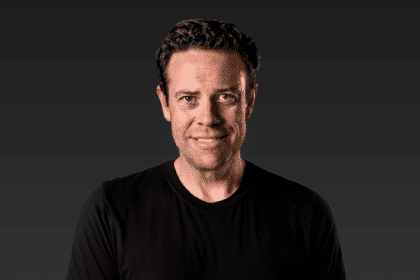New research from the Australian Traffic Network (ATN) and Neuro-Insight found an advert is 31.6 per cent more effective when a listener has been primed with the ATN traffic update.
Where an ad ran in the break, along with other factors, played a key role in its overall effectiveness.
The ads ability to be committed to long term memory is what’s most important for advertisers and consumers.
Another key finding was that by using iconic triggers, which are the moments being embedded into our memories in an ad, advertisers can achieve greater effectiveness.
Neuro-Insight also found a 28 per cent greater engagement rate when people were listening to ATN Traffic Update, compare to the average listening experience.
The 2,500 person study found that 95 per cent of the metropolitan respondents listen to the radio in the car and 71 per cent find the traffic updates useful.
Discussing the findings is Neuro-Insight’s CEO, Peter Pynta, said: “Priming is something we’ve seen across all channels in the media.
“Our subconscious can’t help but identify material it’s previously taken in. Which is why it’s so effective for marketers.
“Priming across an entire marketing mix is where we see the most benefit.
“Advertisers and agencies are constantly striving to integrate the media ecosystem with complimentary ‘fit-for-purpose’ messaging that leverages different creative formats and time lengths.
“This is exactly why we see such a strong priming effect between ATN 10’s and traditional 30’s in combo.”
“When advertisers optimise their ATN messaging through neuro, we’re effectively shortening the odds of success. We make the most of each and every second,” said Pynta.
ATN CEO, William Yde III, added: “Radio is not a passive medium as some would have you believe. And neuroscience proves that.
“When you provide value in people’s day, they reward you with their attention.
“Priming is a marketers best weapon against information fatigue and so we’re already hearing a lot of interest from current advertisers about how they’re planning on optimising their creative with this new research in mind.
“It is not an either or when planning, we have now proven this and are ensuring greater effectiveness in particular ROI for our clients,” said Yde III.
Global CMO for Flight Centre, Darren Wright said there were many reasons he valued radio, and specifically ATN traffic updates.
“The neuro optimisation tool is really good. We tested a few campaigns and we’re top of the class, it’s so simple for us.
“For us we see ATN Traffic Update as OOH for audio, where you get 100 per cent share of voice. The neuro tool has worked well with ATN for us, so we’re big fans,” said Wright.
Senior media manager at Telstra, Robert Aoukar, was also excited about the findings concluding: “We’re not necessarily looking at ATN for an emotional response; we are looking for engagement, and memory, and we know we achieve that [through neuroscience findings].
“Every advertiser needs to be able to land a customer benefit within 10 seconds, otherwise you have some homework to do.
“The format can work as an awareness driver, at the top of the funnel. It can also work to push a lower funnel sales message, drive urgency and footfall.
“And the latter is where we’ve seen great efficiency for us; as we’ve started to act more like a retailer and increased investment in our retail sales events.
“That time-targeted opportunity that exists, the roadblock, to get across every network, every market, nationally, in a really efficient manner – it works for us,” said Aoukar.








